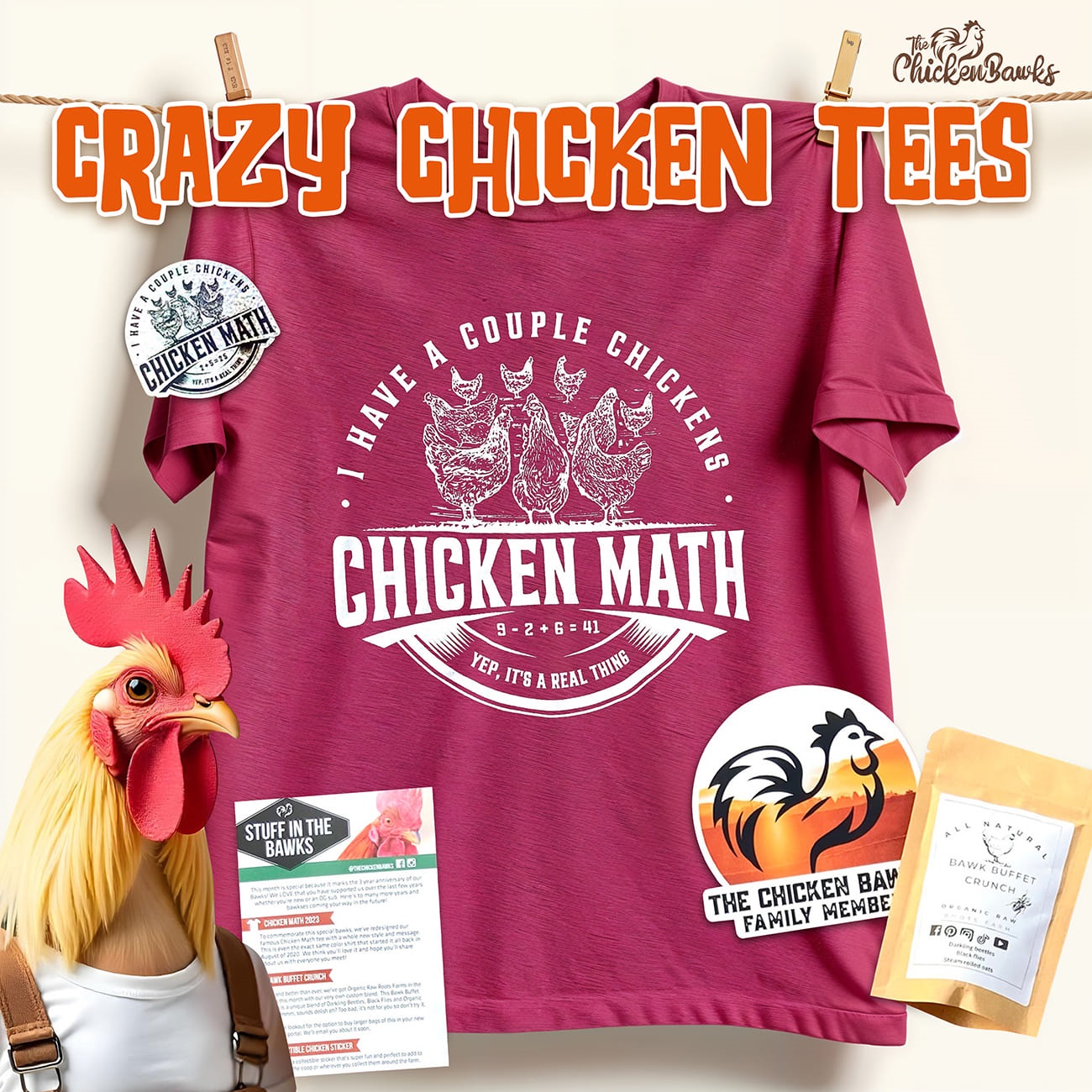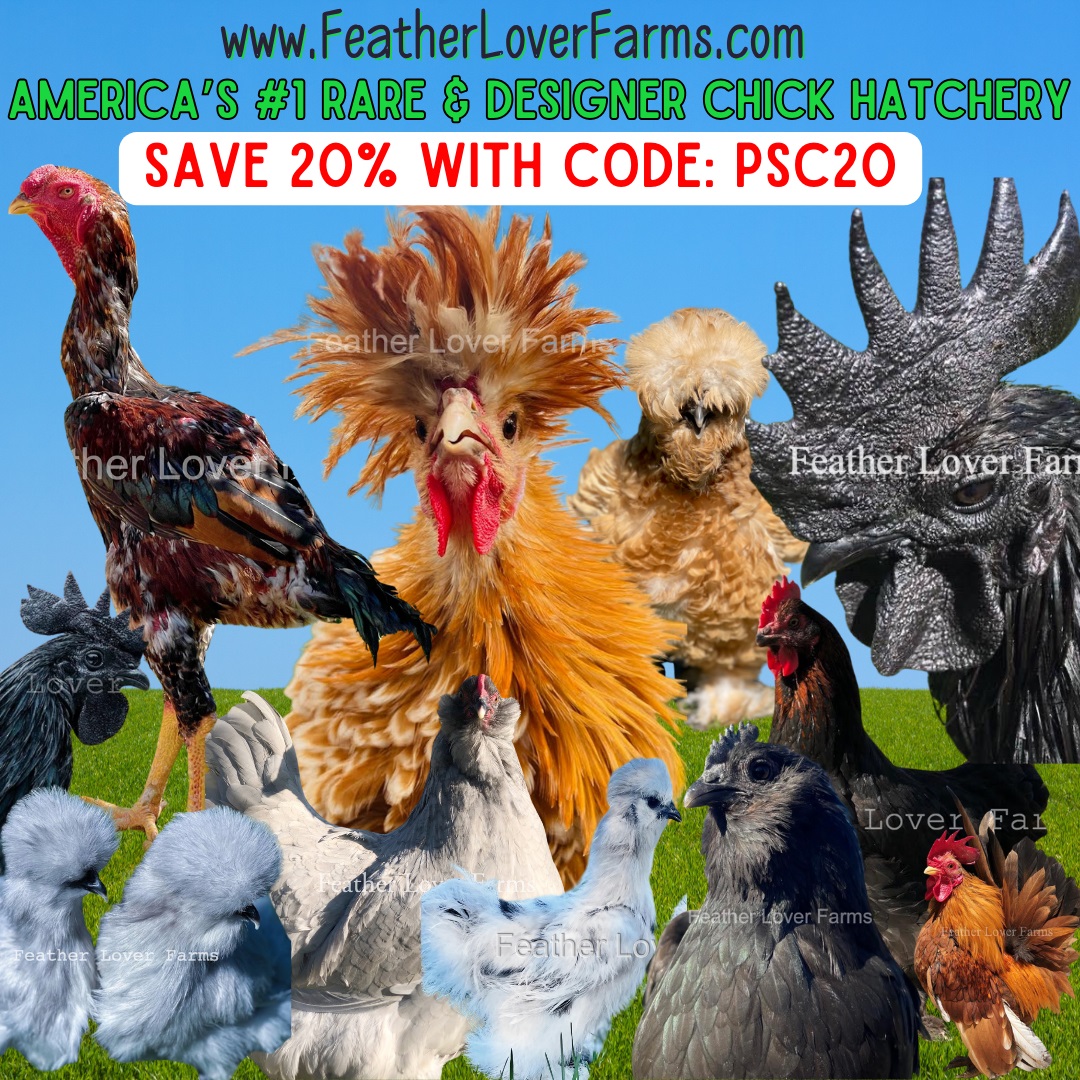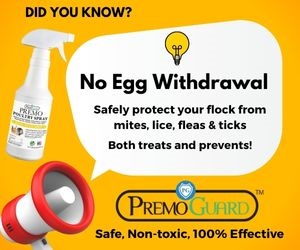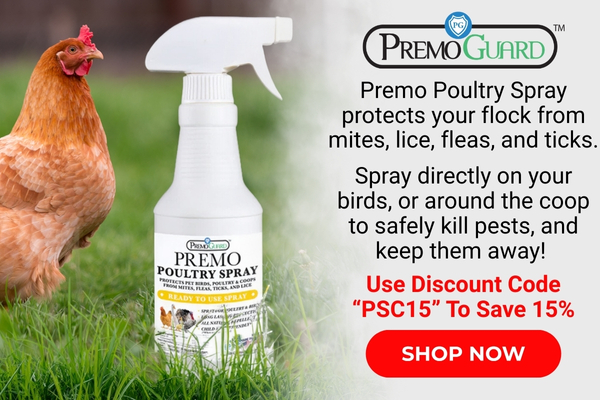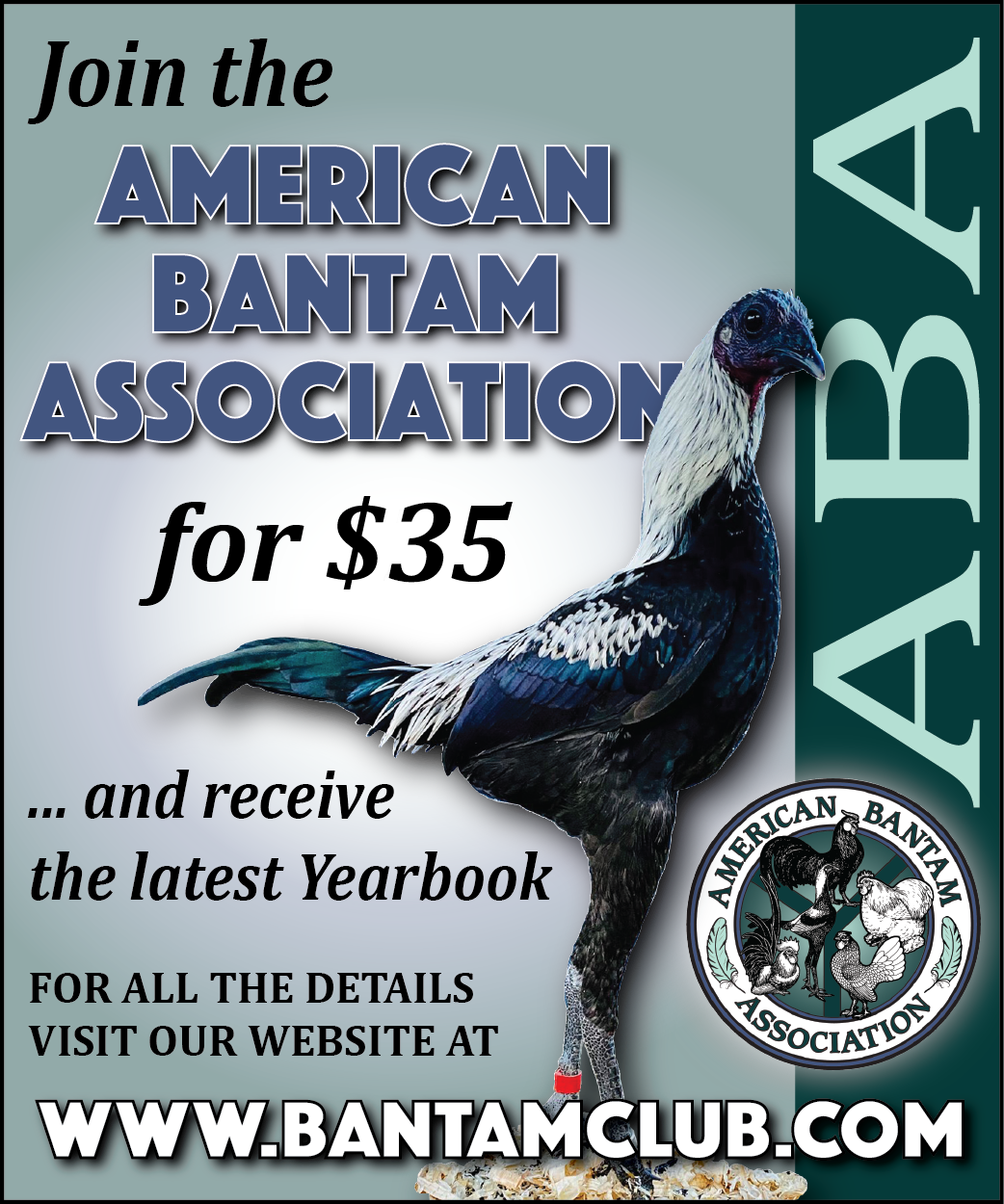Breeding to the Standard
By Tim Daniels
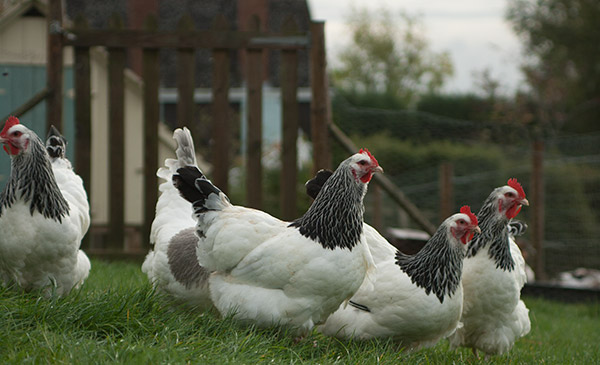
Some of my Sussex Hens
In simple terms, breeding poultry to a standard is attempting to get all of the required characteristics present in your stock, so it conforms as closely as possible to a given standard. This is done by ‘selection’ (picking the right birds from what you have available) and using these birds for further breeding.
The Standard
The relevant breed standard of course will be your ultimate goal, but beware, standards can be different from country to country and some breeds are very different in different parts of the World. In America, it is the Standard of Perfection, in the United Kingdom (where I live), it is the British Poultry Standard but there are other standards around the World as well, in Europe and Australia for example.
Whilst a standard covering all breeds can usually be purchased, a more economical way when starting out is to join a breed club. This will usually entitle you to a copy of the standard for that breed, however, membership will normally do far more than this for you, it will also put you in touch with other breed enthusiasts and provide you with news and the all important dates of the next club show!
Gaining Knowledge
Studying the breed standard is essential but visiting shows, meeting other fanciers and club members can give you the best understanding of what you are looking for. Most people will be happy to show you the good and bad points of the birds on display, helping you to compare your interpretation of the standard with their own. Online poultry breed photos taken at shows can also help you since they are usually birds of good ‘type’ that have gained a first or second place prize but there is nothing like actually visiting a show and seeing the winners first hand.
It is essential to learn about the breed you have chosen. For example, some breeds have different colour standards for the male and female. To get the right colour for the male and female birds, it is necessary to have two different pens, one producing cocks and one hens. This is known as ‘double mating’. To get males to meet the standard, a cock needs to be mated to pullets that have the same colouring (called ‘cockerel breeders’). These hens don’t actually meet the standard themselves. The converse applies too, to get females that meet the standard you would breed them with males that have the correct colouring (called ‘pullet breeders’) but don’t actually meet the standard themselves. Without this knowledge, you could be discarding the wrong birds and wasting a lot of time!
The more time you spend studying a breed and discussing the ‘type’ of that breed with other fanciers, the better your ‘vision’ will be of what you are aiming for. This is essential when breeding to the Standard.
Buying Birds
If you are considering buying birds to start breeding, then choose a reputable breeder and ideally one who has had consistently good results at a number of shows. Sourcing birds from someone who already has a winning strain of birds can save you years trying to breed out faults from birds.
Be respectful of the breeder who may have a waiting list, or may not want to sell his or her better birds to you! It is usually best to trust the breeders’ judgement to pick some birds for you and to take their advice as they will know their birds better than anyone.

Group of Coronation and Light Sussex Growers
Selection and Breeding
So lets assume we are starting from a trio of birds. That is, a male and two females.
A common phrase you will no doubt hear is “like breeds like” which is true, it does…. but don’t expect that prize winning trio to replicate perfectly. The birds you start with are never usually ‘perfect’ and can carry genes for characteristics you don’t necessarily want. There will always be some variation between offspring, so as well as choosing the right birds to put in the show pen, we also have to select suitable birds for future breeding pens. Any ‘faults’ that are hidden, will come out eventually over time and by on-going selection, we can usually eliminate these. The aim is to create a continuously improving ‘line’ of birds, year-on-year that are always moving closer to your vision of the standard.
This is how I breed and select:
After putting together a breeding pen of a pair or trio of birds, I hatch as many offspring as I can from them. When the birds are young, I remove birds with any obvious faults or weak birds that aren’t thriving. I am selecting for vigour and health at this stage. I do not use medicated feed to prevent Cocccidiosis, I believe in breeding for immunity to this. I do not want to be breeding from unhealthy birds or I will be ‘fixing’ these traits into my line in the future.
When my youngsters go out onto grass (which incidentally is vastly underrated, short, fresh spring grass provides high levels of protein, nutrients and minerals and can provide a good percentage of their daily ration), I only allow them into a run that has been empty for at least 6-8 weeks to prevent them from picking up disease from my older birds. As they grow, they will build up what is called ‘inherited immunity’ to many common poultry diseases. Until they have this immunity, they are vulnerable and they must not be mixed with others hatched earlier in the season.
Once they moult into their adult plumage, I select the ‘pet quality’ birds and sell these on so they do not have to be over-wintered. It can become a very expensive hobby unless you are ruthless!
From a good trio of birds, I will expect to have some with faults; some that are ‘average’ and (hopefully) a few that are ‘outstanding’.
The trick is to breed the maximum number of birds you can to get those few outstanding birds and do it from the minimum number of parents so that you can eliminate faults and undesirable qualities through your selection process. With the correct selection, you can over the course of a few years make significant progress and your ‘line’ will really start to take shape.
If you are interested in learning more about this, the poultry genes expert Grant Brereton wrote a great article here on breeding in numbers that is certainly worth reading.
Making up a Pen
In subsequent years, I will select the best male I have, one that is closest to the standard and will put him in a show cage. Over a couple of days, I will study him carefully and jot down his weak points. Once I am happy I have these defined, I will select hens that are excellent in these areas to make up for his weaknesses and then out of these, (all things being equal) I select hens that are as unrelated as possible to him and use them in the next breeding season. Unless a bird with a ‘fault’ is outstanding in another feature I need to introduce, I do not to use him or her in the breeding pen. There is of course a limit to what is available for you to use.
After a few years of breeding, it is necessary to think about lack of vigour that may appear from inbreeding. It is essential to ring birds and keep accurate records of the make up of your stock and if you maintain a large enough flock and avoid mating too many close relatives, I have found you can continue your line without such problems. I aim to keep at least a dozen hens in my flock to prevent the gene pool from getting too concentrated but ideally I would keep twice this number.
Inbreeding has picked up a bad name, however it is essential in order to be successful at breeding to a standard. As well as aiming for the correct ‘type’ of bird, the selection we perform should always be considering vigour and disease resistance and these things can be ‘fixed’ into a line of birds through selection, just the same as any other quality you are looking for.
Good luck with your breeding program!
What can we help you find? Search the website:
What's New Around Here?
-
IA - Rhode Island Reds
Exhibition quality birds with focus on meat quality and egg production. Single comb and Rose comb. Bloodlines dating back over 100 years. Email jamey.meyer4@gmail.com -
Eastern Pigeon Expo
Information on the Eastern Pigeon Expo -
Wanted: German Owl Pigeon
Looking for an Old German Owl pigeon as an indoor companion pet. I am located in CT, but am willing to drive to the surrounding nearby states. Color, gender,


